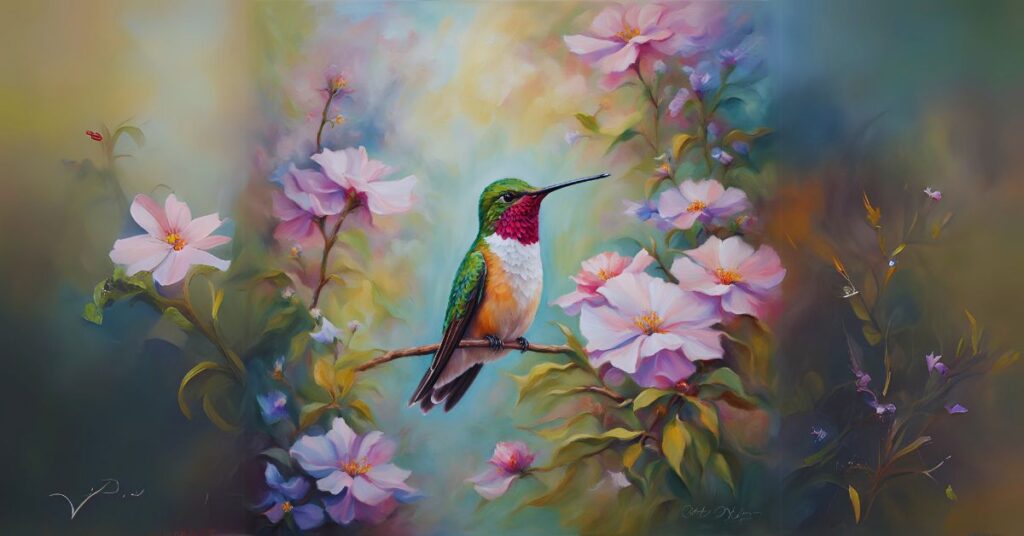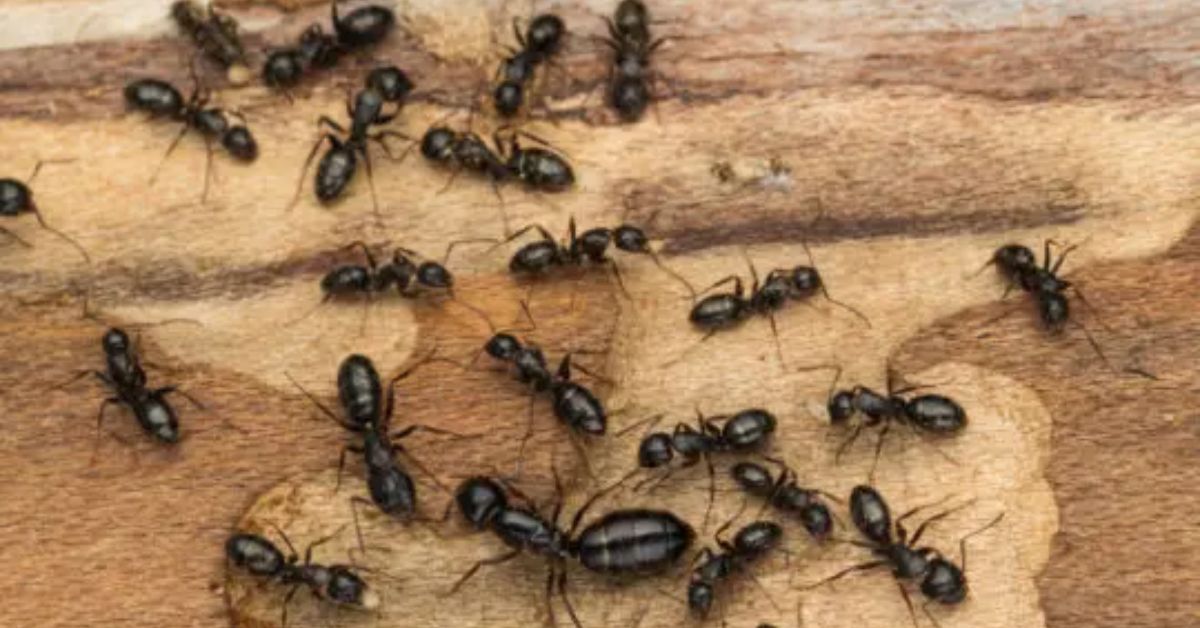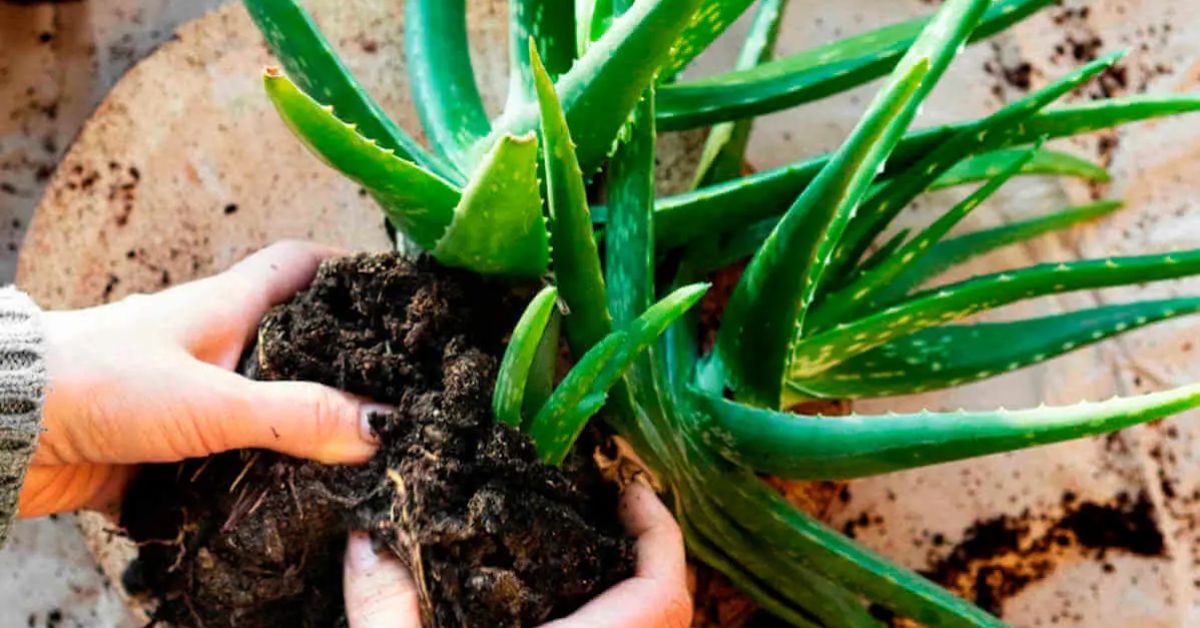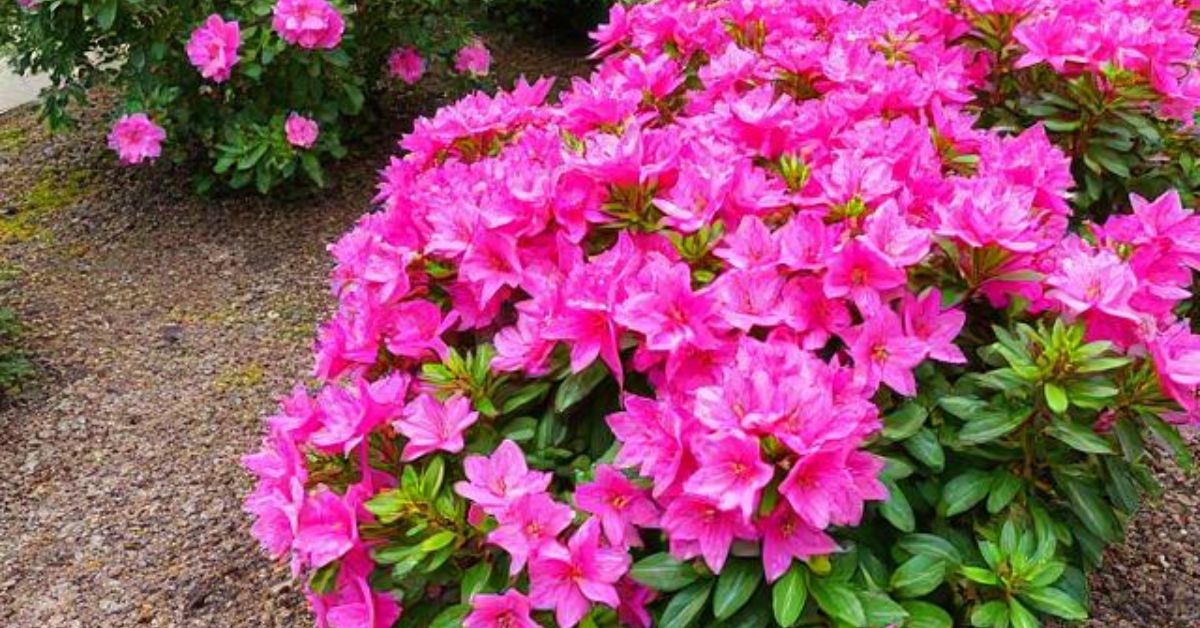Hummingbirds Flowers are tiny, colorful birds with a remarkable ability to hover and dart at lightning speed. They’re not just fun to watch but essential in pollinating flowers. The connection between hummingbirds and flowers is one of nature’s most fascinating relationships. In this blog, we’ll explore what makes a flower perfect for hummingbirds, why these birds and plants depend on each other, and how you can create a hummingbird-friendly garden.
What Flowers to Draw Hummingbirds Like?
Use bright hummingbird flowers, like salvia and bee balm, to transform your garden into a pollinator refuge.
Hummingbird flowers share three characteristics. They grow where hummingbirds can easily hover and drink, and their blossoms are tube-shaped and vibrantly colored. Plant these hummingbird-friendly flowers in your garden or yard to draw in more of these lovely birds.
Hummingbird Perennial Plants

Generally speaking, hummingbirds are attracted to flowers with tubular shapes and abundant nectar. It is well known that each perennial hummingbird plant we sell has one or more traits that will attract hummingbirds. Hummingbirds are drawn to bright hues like orange and red, but they will also visit other flowers that offer simple food. They frequently visit the blossoms of Salvia, Allium, and Aquilegia and adore Agastache (Hummingbird Mint) in any hue. These cherished little birds will stop by your flower pots and landscaping regularly, thanks to our perennial hummingbird plants.
What Flowers Do Hummingbirds Like Most?
Hummingbirds have a unique preference for specific flowers. Here’s what makes a flower irresistible to these energetic birds:
- Bright Colors: Orange, Red, and pink flowers are their favorites because these colors stand out.
- Tubular Shapes: Hummingbirds’ long beaks and tongues are perfect for sipping nectar from deep, tubular flowers.
- High Nectar Content: Flowers with plenty of nectar provide the energy these birds need to fuel their fast-paced lives.
Some top flowers that hummingbirds love include:
- Trumpet Vine: This climbing plant produces bright red hummingbird flower, a hummingbird favorite.
- Bee Balm: Known for its striking red and pink blooms, it attracts hummingbirds and bees.
- Salvia: Available in various colors, salvia’s tubular flowers are perfect for these birds.
- Honeysuckle: With its fragrant, nectar-rich blooms, honeysuckle is a hit with hummingbirds.
By planting these flowers, you’re helping hummingbirds and creating a garden full of vibrant colors.
Do Hummingbirds Like Petunias?

Yes, hummingbirds like petunias, but not as much as other flowers. Petunias are colorful and easy to grow but don’t produce as much nectar as trumpet vine or bee balm. However, their colors can still attract these tiny birds, especially if other nectar-rich plants are nearby.
Pair petunias with high-nectar flowers like salvia or honeysuckle to make them more appealing to hummingbirds. This combination creates a diverse and attractive feeding ground.
Mutualism Between Hummingbird and Flower
The relationship between hummingbirds and flowers is a perfect example of mutualism. It means both species benefit:
- For Flowers: Hummingbirds act as pollinators. As they sip nectar, their heads brush against the flower’s pollen, which they carry to the next bloom.
- For Hummingbirds: Flowers provide a rich source of nectar, which is crucial for their energy needs.
This partnership is vital for the ecosystem. Hummingbirds help flowers reproduce, ensuring biodiversity, while flowers provide the fuel these birds need to survive.
Flowers for Hummingbirds and Bees
Many flowers attract hummingbirds and bees, creating a buzzing, colorful garden. Here are a few examples:
- Lavender: Its purple flowers and sweet scent attract bees, while hummingbirds are drawn to its shape and color.
- Coneflowers: These daisy-like flowers are loved by bees and have enough nectar to satisfy hummingbirds.
- Zinnias: Zinnias are straightforward to grow and are available in bright colors. They are perfect for pollinators of all kinds.
- Sunflowers: While not a primary nectar source, sunflowers provide food for bees and seeds for birds.
Planting a mix of these flowers ensures a lively garden buzzing with activity.
How to Create a Hummingbird-Friendly Garden?
If you want to invite hummingbirds to your yard, follow these tips:
- Plant a Variety of Flowers: Include a mix of colors, shapes, and blooming seasons to keep your garden attractive year-round.
- Avoid Pesticides: Chemicals can harm hummingbirds and other pollinators.
- Provide Water: A shallow birdbath or a mister will help keep them hydrated and cool.
- Use Feeders: Red hummingbird feeders filled with a simple sugar-water solution can supplement their diet. Avoid adding dyes or honey.
- Add Native Plants: Native flowers are better suited to local hummingbirds and require less maintenance.
Fun Facts About Flowers Good for Hummingbirds
- A hummingbird can see up to 2,000 flowers daily to get enough nectar.
- Some flowers, like the “hummingbird shaped plant” (Heliconia), are specifically adapted to attract these birds.
- Hummingbirds have excellent memories and will return to the same flowers year after year.
Readers’ Favorite Humming Bird with Flower

-
Firecracker Plant
“I put a large pot of cipher, a plant that makes a great fire, on my terrace every year. Hummingbirds fly within inches of me all summer, says Janet Doherty of Scarborough, Maine.
Last year, I kept two Cuphea ignea firecracker plants in containers by my shed. Every time I stepped outside, I observed two or three ruby-throated hummingbirds. They would even take a seat next to the shed on the clothesline. According to Susan Michalewicz of Lockport, New York, “They adored those flowers!”
-
Red Canna Lily
“There is a hummingbird at my red canna lilies almost every time I look at them,” says Liza Vaughn of Fairfax, Virginia.
-
Aloe Plant
My aloe plant produces magnificent 4-foot stems covered in bell-shaped flowers four or five times a summer. Lorraine Smith of Lake Charles, Louisiana, says, “Hummers feed and sit on the branches.”
-
Autumn Sage
Autumn Sage is my favorite. Spring and fall are the most incredible seasons for the profusion of blossoms. I also grow coral honeysuckle and Turk’s cap for hummingbirds,” says Kathy Eppers of Aledo, Texas.
-
Dark Eyes Fuchsia
“The Dark Eyes fuchsia and Hot Lips salvia are very popular with our hummingbirds,” says Andrea Moore of Anacortes, Washington.
-
Lucifer Crocosmia
More than nectar from a feeder, hummingbirds adore my Lucifer crocosmia. I enjoy seeing them come back year after year to this perennial plant! According to Pittsburgh, Pennsylvania resident Jan Hardy.
Conclusion
Hummingbird flowers are more than just a pretty pairing; they’re a crucial part of our ecosystem. By growing the right flowers and creating a welcoming environment, you can support these incredible birds while enjoying a vibrant garden.
Start planting today and watch as your yard transforms into a hummingbird paradise!





